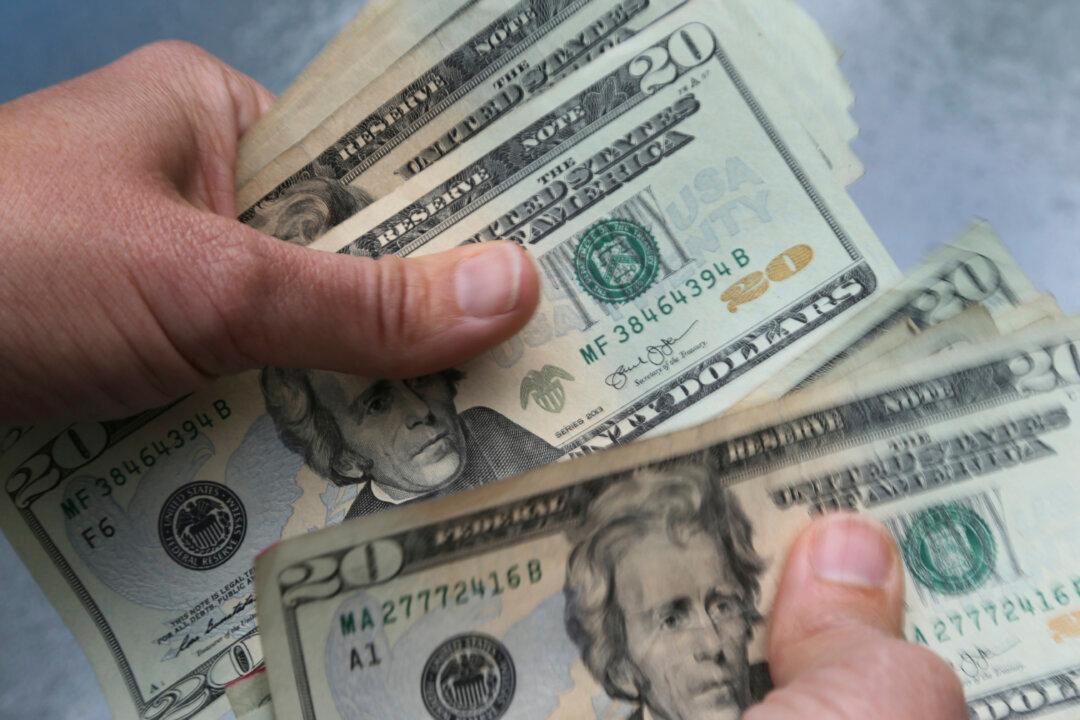Commentary
In my last column, I explained how both governments and banks create money. The basics are incredibly simple—so simple, in fact, that the great non-mainstream economist John Kenneth Galbraith once commented that:

In my last column, I explained how both governments and banks create money. The basics are incredibly simple—so simple, in fact, that the great non-mainstream economist John Kenneth Galbraith once commented that: